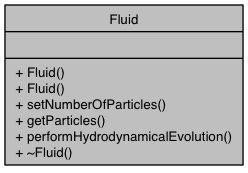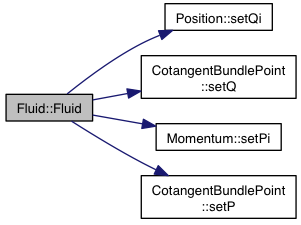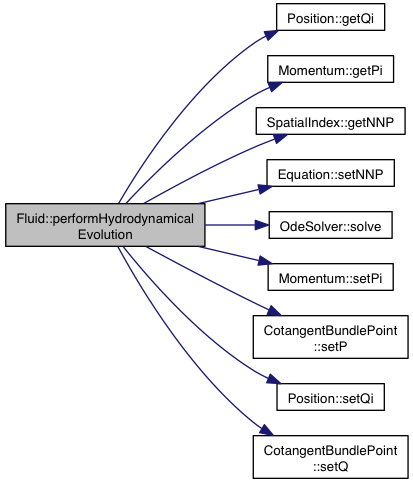#include <Fluid.h>
It creates a new empty Fluid.
| Fluid::Fluid |
( |
int |
dim, |
|
|
int |
numberOfParticles, |
|
|
string |
odeSolver, |
|
|
string |
typeEquation, |
|
|
string |
eoS, |
|
|
string |
kernel |
|
) |
| |
It creates a new Fluid. Its OdeSolver is indicated by the string passed as argument.
- Parameters
-
| dim | dimension of the stage |
| numberOfParticles | the number of particles |
| odeSolver | a string containing the type of the OdeSolver |
| typeEquation | a string containing the type of the hydrodynamical equations |
| eoSModel | the EoS model used for the fluid |
| kernel | the Kernel type for the fluid |
| vector< Particle > Fluid::getParticles |
( |
| ) |
|
It returns the set of particles forming the fluid.
- Returns
- vector that contains the particles
| void Fluid::performHydrodynamicalEvolution |
( |
double |
h, |
|
|
double |
ti, |
|
|
SpatialIndex * |
spatialIndex |
|
) |
| |
It updates the position of the fluid particles.
| void Fluid::setNumberOfParticles |
( |
int |
numberOfParticles | ) |
|
It creates a new empty Fluid.
The documentation for this class was generated from the following files:


